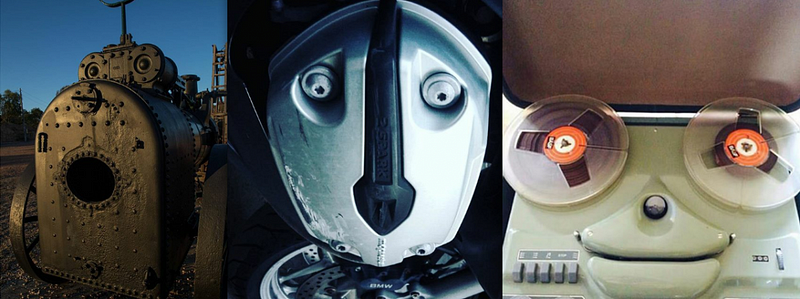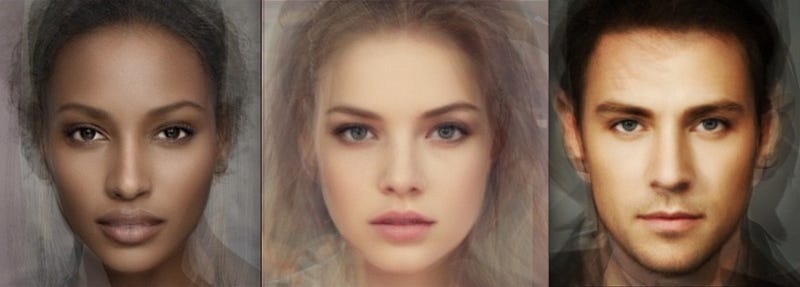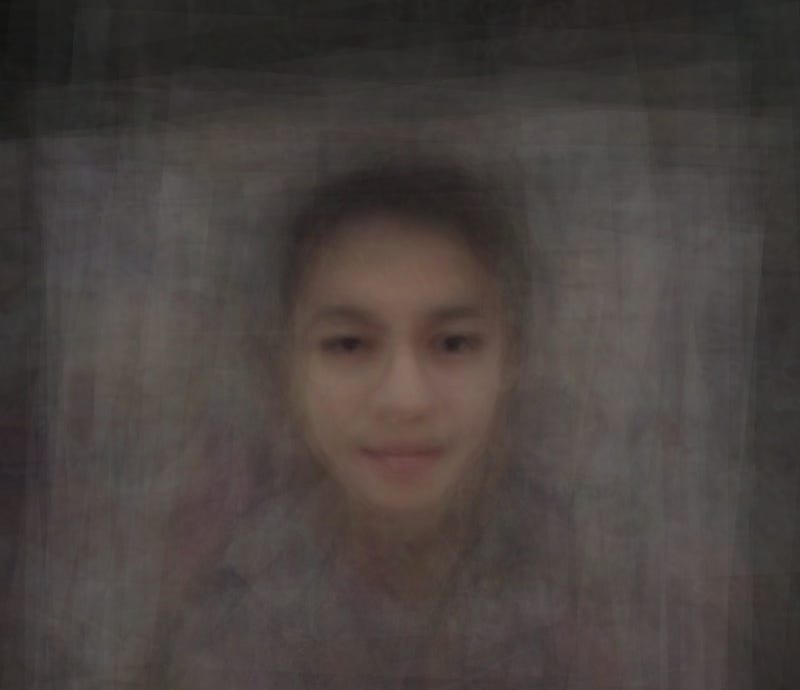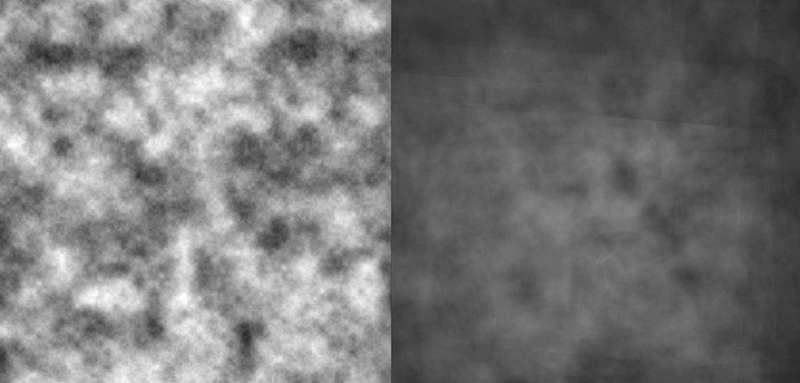Averaging Inanimate Objects Can Produce Human Faces

We really did design the world in our own image.
“Every great work makes the human face more admirable and richer, and that is its whole secret.” –Albert Camus
Whenever we look at something unfamiliar for the first time, it’s only human nature that we look for the familiar in it. Even given the huge variety of what turns up in the animal kingdom, it’s only natural that we look for one of the most universal attributes in what we see: the appearance of a face.

It’s no coincidence that the generic design of a face — with two eyes, a nose, and some sort of mouth — appears in a huge variety of human artifacts, from cars to trains to recording devices. We designed these objects to be visually appealing, non-threatening, and familiar to our senses.

On top of that, it’s well-known that averaging many different objects or images of a certain class together leads to a “typical” image of the thing you averaged. This is as true for human faces as it is for inanimate objects.

For a time, this required some pretty advanced (and proprietary) techniques to accomplish, but more recently, programmer and visual artist Robby Kraft decided to use some open-access facial detection software to do this for three different classes of images:
- Human faces.
- Pure noise.
- Inanimate objects with facial qualities.
The results were pretty much what you might expect, until you get to the third class of object.
1.) Human faces. This has been done before, of course, but the first step in any scientific or technological situation is to demonstrate that you can reproduce what’s already known. To accomplish this, Robby used the hashtag #selfie on Instagram, used Kyle McDonald’s face detection library on about 200 images (with about a 30% success rate), and then aligned, layered and blended them to produce this “average” face.

2.) Pure noise. Simply by generating images with light-and-dark spots — using a random number generator as a seed — it should be possible to identify “faces” in some random cases. If the same technique was then applied, including the alignment, layering and blending, would one get a human-like face out?
It seems doubtful, of course, but you’ve got to test this sort of thing to know what you’re working with. By generating over 7,000 images, faces were detected in approximately 0.6% of them: 47 images. The results are shown below, and it’s pretty clear that you barely get anything recognizable as a face out at all.

3.) Things that look like faces. It might not seem obvious, but one of the hashtags that’s fairly popular on Instagram is #FacesInThings, where people post photos of things that look like faces. For the most part, these are inanimate objects that were designed to look like faces, and so there’s no surprise there. After running around 2,500 images through the same face detection library, this time with about a 5% success rate, the same process was undertaken as before to produce a face.
After about 15 images, a recognizably human face — and an average human face at that — starts to emerge. This is interesting, because 15 images is approximately what you need to arrive at an average human face using the #selfie hashtag as well. Only, in this case, the final result had no human faces inputted at all.

Imagine that: a human face, emerging from the averaging of inanimate objects like combination locks, metal finishes and coffeemakers. And yet, there it is, a face that’s recognizably human. All it takes is a pretty remarkable combination of psychology, design and technology, and shadows of ourselves begin to emerge.
Leave your comments on our forum, support Starts With A Bang! on Patreon, and pre-order our first book, Beyond The Galaxy, today!





